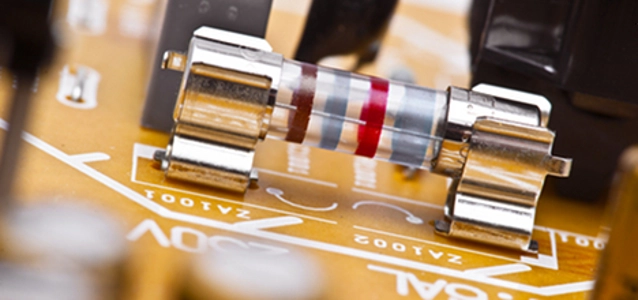
© jultud dreamstime.com
Components |
Innovative semis rouse customer interest in North America and Europe
The semiconductor market, well-known for its disruptive technology, revolves around products with superior performance, better integration, high linearity, smaller size and low power consumption. Its innovative capability, along with continued venture capital funding, keeps customers interested in the market.
As companies vie for product differentiation by offering unique features, functionalities and designs, the demand for semiconductors in all verticals will continue to soar.
New analysis from Frost & Sullivan finds that the market earned revenues of over $95.47 billion in 2011 and estimates this to reach $151.93 billion in 2018.
The proliferation of tablets, smartphones and other handheld gadgets drive demand for devices that consume less power, have increased functionality and possess better integration capabilities. Meanwhile, the growing use of network services, along with multimedia and data-sharing solutions necessitates faster processing speeds and larger bandwidth.
“The call for better power management in consumer electronics has led to higher adoption of semiconductors,” says Frost & Sullivan Research Analyst Lavanya Rammohan. “The pervasiveness of video traffic has added to the need for smarter semiconductors with high parallel processing speeds and integration capabilities.”
Creating such value through increasing innovation, better product features and quicker time-to-market has contributed to the expansion of small and medium semiconductor companies. Their product differentiation and pricing strategy are key factors helping them win funding and successfully launch products.
However, with cost pressures on the rise, semiconductor manufacturers struggle to break even. The considerable amount of resources, including design costs and intellectual property charges that are needed to launch a new product with faster time-to-market, has affected innovation.
In addition, customers prefer to clear out existing inventory before signing new manufacturing orders. The continued delay of projects and product shipments affects manufacturing capacity, resulting in a demand-supply mismatch.
“This mismatch will cause nominal growth, though the trend is expected to become moderate during the next few quarters,” concludes Rammohan. “The increasing demand from consumer electronics, networking, storage and multimedia will continue to strengthen innovation and stoke the semiconductor market.”
